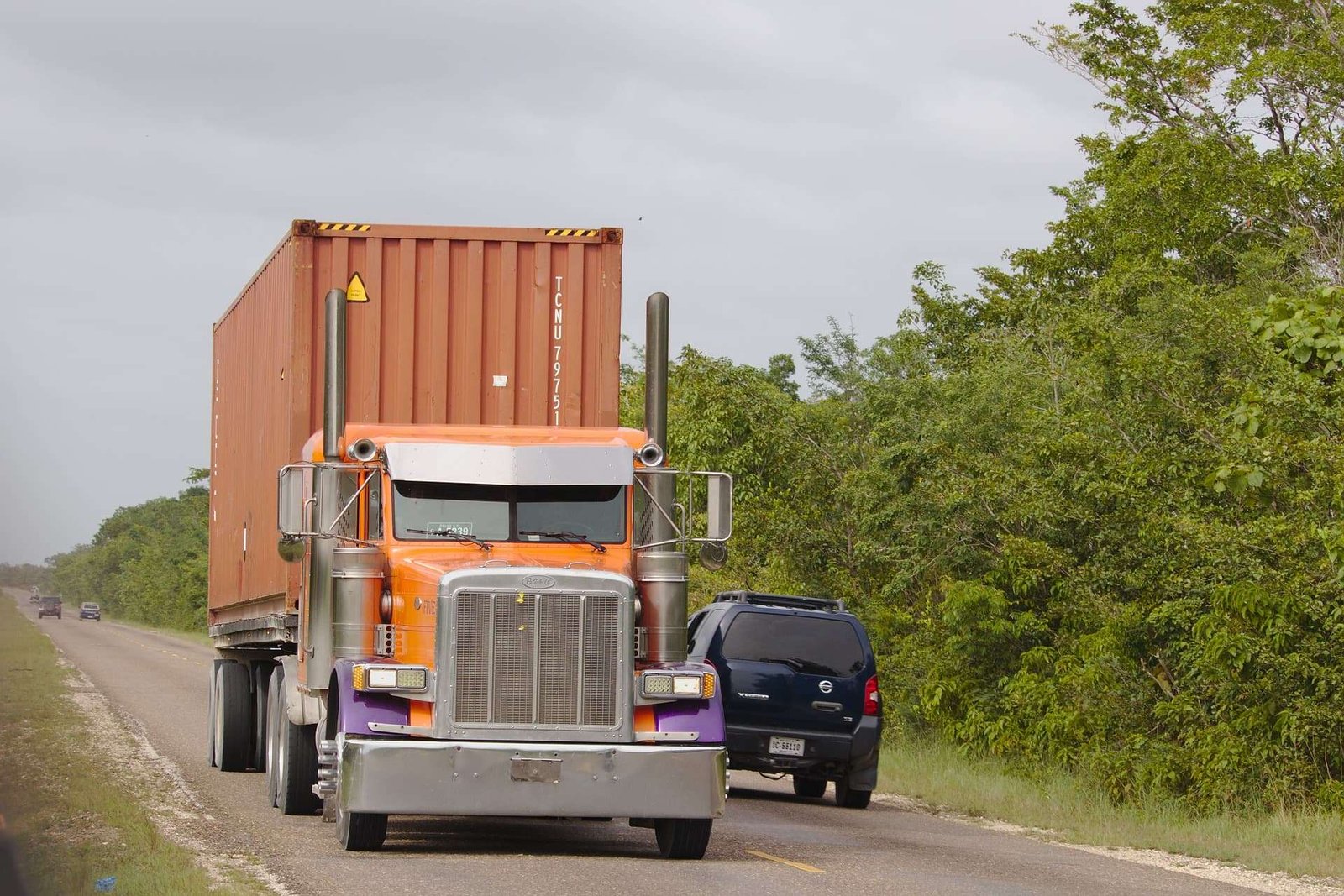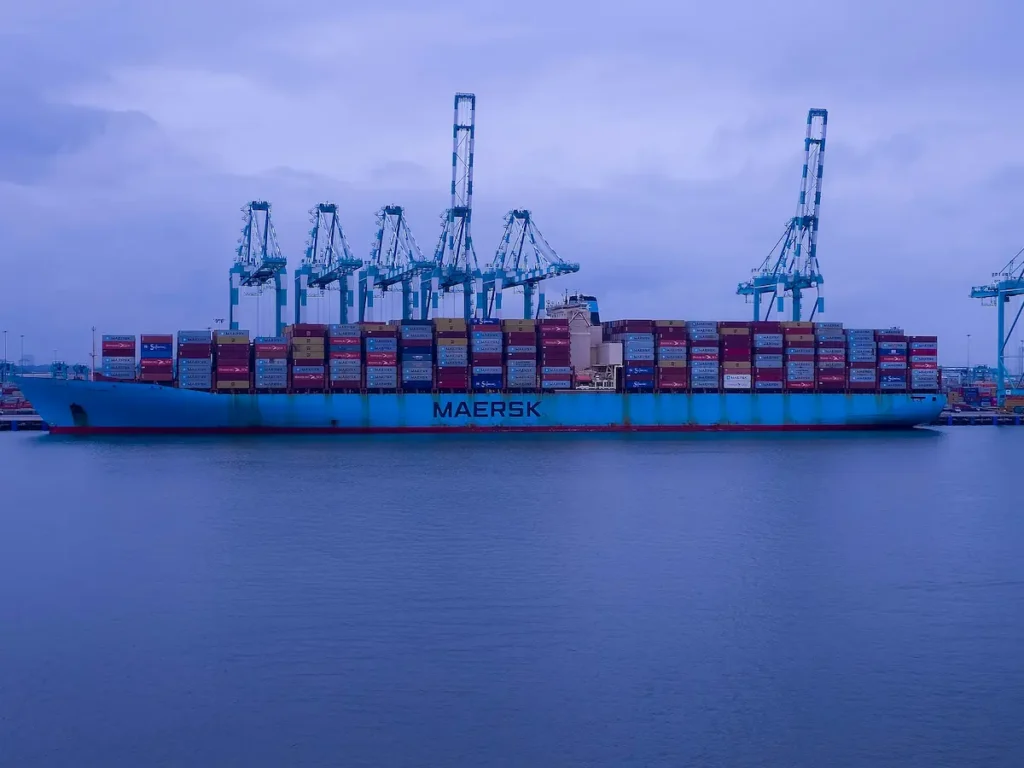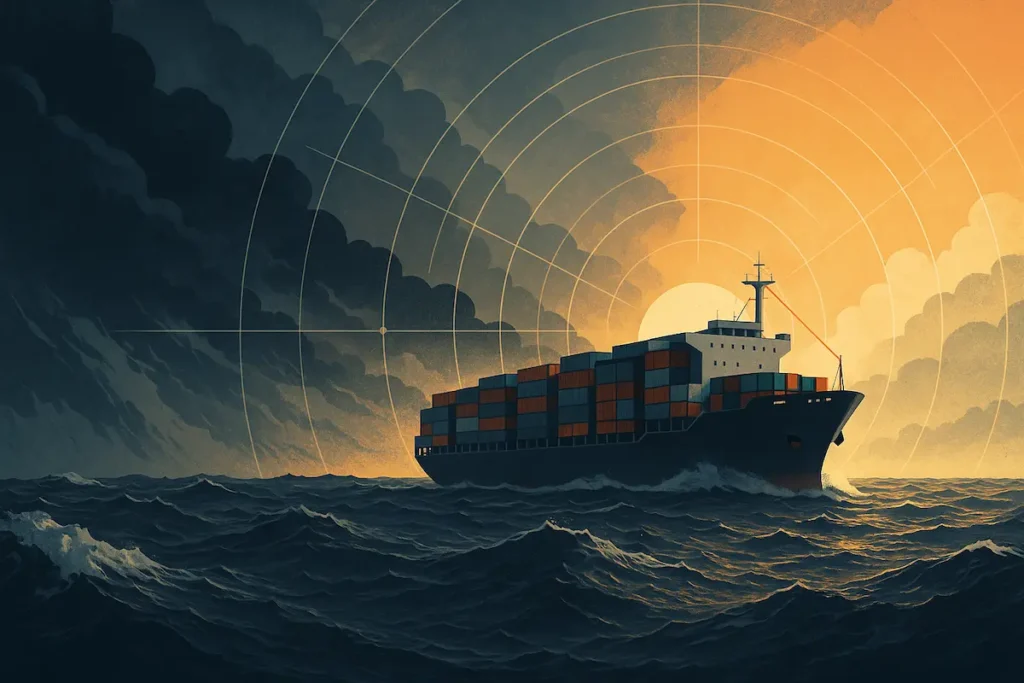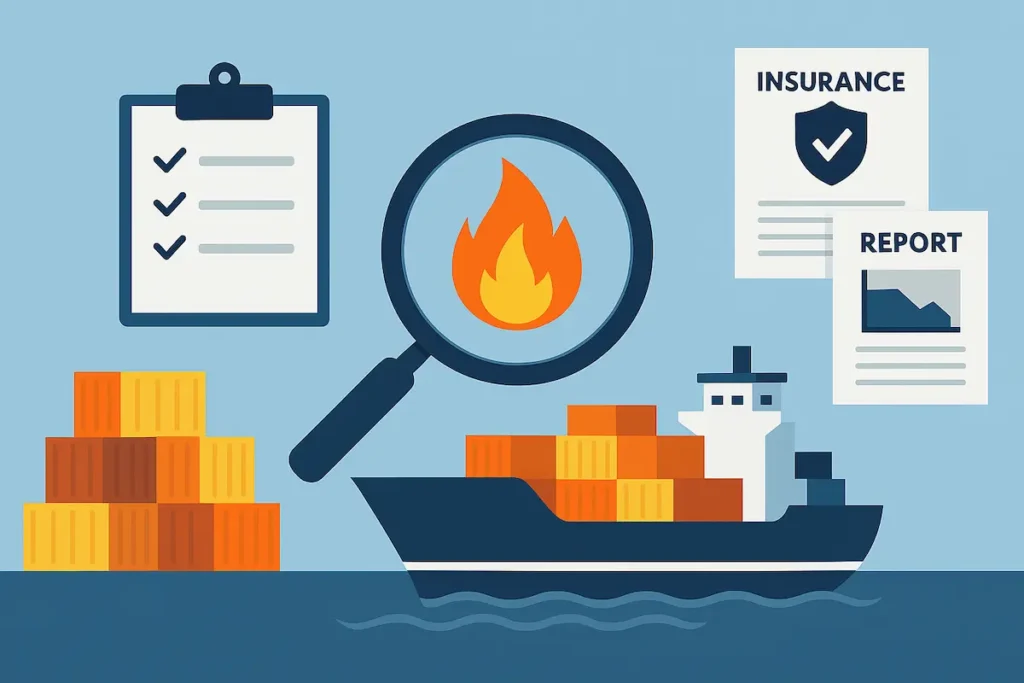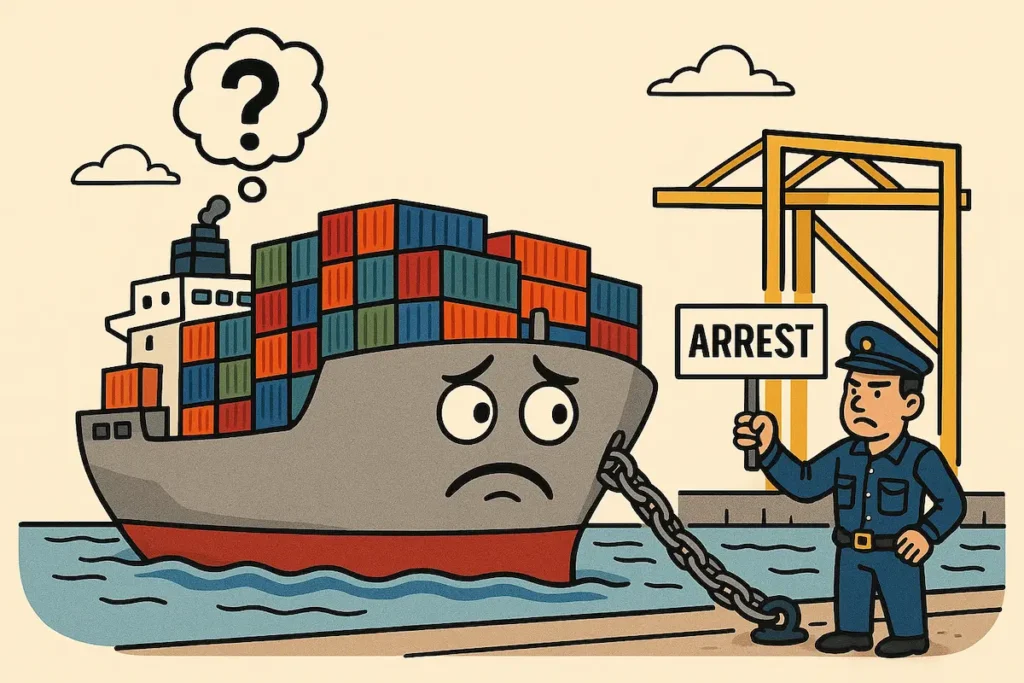In recent years, the global logistics landscape has experienced a significant transformation, with a shift toward shorter haul distances. This change is driven by various factors, including the e-commerce industry’s emphasis on last-mile delivery and various geopolitical developments that have disrupted traditional shipping routes.
E-Commerce and the Emphasis on Last-Mile Delivery
The rapid growth of e-commerce has fundamentally altered consumer expectations, placing a premium on swift and reliable delivery services.
To meet these demands, businesses increasingly focus on optimizing last-mile delivery, which involves transporting goods from regional distribution centers to final delivery points. This focus has led to several strategic adjustments.
Establishment of Micro-Warehouses
Companies are setting up small, localized warehouses closer to urban centers to expedite delivery times. These micro-warehouses reduce the distance needed for final deliveries, allowing companies to fulfill consumer orders rapidly.
For instance, Instacart utilizes nano-fulfillment centers, enabling quick delivery of fresh produce and groceries. In addition, Amazon has ramped up its use of local delivery hubs to improve delivery times, especially in densely populated metropolitan areas.
Adoption of Advanced Delivery Technologies
Incorporating advanced technologies like drones and autonomous vehicles is essential to reduce haul distances and improve delivery efficiency. Drones and autonomous vehicles streamline last-mile delivery by minimizing human involvement, reducing operational costs, and delivery times.
Automated guided vehicles (AGVs) can also make warehouse processes more efficient, speeding up delivery in the long run. Many AGVs can move loads of up to 125 tons, and they operate without a driver or operator.
Implementation of Sustainable Logistics Practices
Environmental considerations are prompting the adoption of eco-friendly delivery methods. For example, IKEA aims to make more than 90% of home deliveries using zero-emission vehicles by 2028.
This is part of a broader trend where e-commerce companies work to balance delivery speed with environmentally responsible transportation solutions, often involving localizing haul distances to reduce fuel consumption.
Geopolitical Factors Influencing Shipping Distances
Geopolitical tensions have significantly impacted global shipping routes, leading to longer and more complex transit paths. Events in various regions of the world have forced shipping companies to rethink traditional supply chain routes.
Red Sea and Suez Canal Disruptions
Conflicts in the Middle East have led to attacks on vessels passing through the Red Sea and the Suez Canal, prompting shipping companies to reroute around the Cape of Good Hope. This detour adds thousands of miles to voyages, increasing fuel consumption and transit times.
In 2021, the blockage of the Suez Canal, caused by the grounding of the Ever Given container ship, disrupted the global supply chain, highlighting vulnerabilities in key shipping lanes and prompting companies to consider alternative routes.
Black Sea Shipping Challenges
The ongoing Russia-Ukraine conflict has severely disrupted Black Sea shipping routes, affecting the export of grains and other commodities. Alternative routes are longer, more expensive, and more logistically complex.
As a result, freight rates have surged in regions surrounding the Black Sea, and companies are being forced to find alternative routes to maintain supply chain integrity.
Strait of Hormuz and Red Sea Conflicts
Conflicts in these areas elevate security needs and impact the global oil and gas supply chain, increasing insurance premiums for those routes. As the most vital energy chokepoint in the world, the Strait of Hormuz facilitates the passage of over one-sixth of global oil and one-third of liquefied natural gas.
In recent years, political tensions in the Strait of Hormuz have created challenges for transporting oil from the Middle East, which is one of the most crucial shipping lanes for global energy supplies. As a result, international shipping routes are being reevaluated for security and cost-effectiveness, often shortening distances to minimize the risks associated with transit through these areas.
Impact on Freight Rates and Supply Chain Strategies
The combination of e-commerce demands and geopolitical factors has necessitated strategic adjustments in supply chain management. As shipping companies respond to these changes, they must address certain logistical and economic challenges.
Increased Freight Costs
Geopolitical tensions have caused longer voyages, resulting in higher fuel consumption and increased freight rates. Even as shorter haul distances become more common, the costs associated with alternative routes and the need for new technologies have led to overall increases in supply chain expenses.
Supply Chain Reevaluation
Businesses are reassessing their supply chain strategies to mitigate risks associated with geopolitical uncertainties. This includes diversifying shipping routes, increasing inventory buffers, and investing in technologies that enhance supply chain visibility and resilience.
Companies are focusing on building more agile supply chains that can quickly adapt to shifting geopolitical conditions and evolving consumer demands.
Key Takeaways: Navigating the Shift in Logistics
As supply chain professionals adjust to the evolving dynamics of shorter haul distances, several critical insights can guide future strategies:
- E-commerce growth: Accelerated demand for quick deliveries has led to the establishment of micro-warehouses and the adoption of advanced delivery technologies.
- Geopolitical challenges: Conflicts and tensions have disrupted traditional shipping routes, necessitating longer and more costly detours.
- Alternative routes: Passages like the Northern Sea Route offer potential time and cost savings but come with their own set of challenges.
- Strategic adaptation: Adjusting supply chain strategies to these new realities is essential for maintaining efficiency and competitiveness.
Adapting to New Shipping Realities
The shift to shorter haul distances is driven by the e-commerce demand for faster deliveries and disruptions caused by geopolitical tensions. Supply chain professionals adapt by embracing new technologies, reevaluating shipping routes, and optimizing logistics strategies.
Navigating these challenges will be key to maintaining a competitive edge. Companies that leverage innovative technologies and alternative routes will be better positioned to meet consumer demands, reduce cost,s and enhance supply chain resilience.

